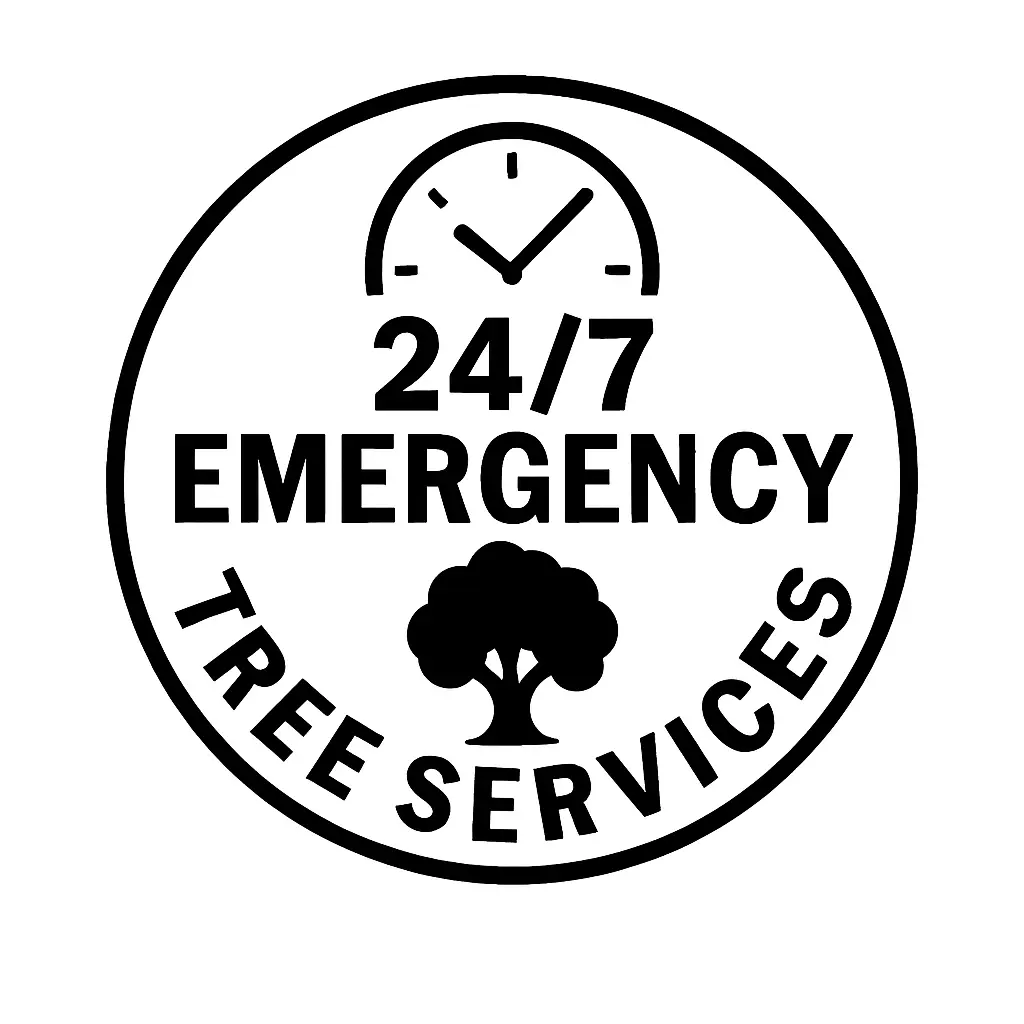Mulberry trees, with their lush foliage and sweet berries, are common in many gardens and landscapes. However, their aggressive growth and invasive root systems can sometimes cause damage and more harm than good, especially when they grow too close to fences, houses, or other structures. This guide’ll explore effective methods to kill a mulberry tree safely without damaging your property or the surrounding environment.

Ways To Kill a Mulberry Tree
Unwanted mulberry trees can pose a challenge due to their vigorous growth and prolific fruit production. If removal is necessary, this section outlines various methods to effectively kill a mulberry tree. It’s important to weigh the pros and cons of each approach, considering factors like safety, environmental impact, and local regulations.
Physical and Natural Tree Removal Methods
- Tree Girdling: A less chemical-intensive method involves removing a strip of bark around the tree’s circumference. This technique disrupts the tree’s ability to transport nutrients, leading to its eventual death.
- Cutting: Cutting the tree down to its stump is effective for immediate removal. However, this method requires dealing with the stump to prevent regrowth.
- Natural Methods: Options like concentrated salt or vinegar solutions can be less environmentally harmful but require patience and persistence.
Steps to Kill a Mulberry Tree with Salt
Using salt to kill a mulberry tree can be an effective but slow and potentially harmful method to surrounding vegetation and soil health. If you choose to proceed with this method, follow these steps carefully:
Materials Needed
- Rock salt or table salt
- Drill with a large bit
- Water
- Protective gloves and eye protection
- Drill Holes in the Stump or Roots
- If the tree has already been cut down, drill several deep holes into the stump. If it is still standing, target exposed roots or the base of the trunk.
- To ensure the salt reaches the internal structures, make the holes at least 1–2 inches wide and 6–8 inches deep.
- Apply Salt
- Fill the holes with rock salt or table salt. Rock salt is preferred for its slow dissolution rate.
- Avoid overapplying as excessive runoff can affect nearby plants and soil.
- Add Water
- Pour water into the holes to help the salt dissolve and seep into the tree’s tissues. This accelerates absorption by the roots and surrounding tissues.
- Cover the Area
- Cover the stump or exposed roots with a plastic sheet or tarp to keep water from washing the salt away too quickly and to concentrate the salt’s effect on the tree.
- Secure the tarp with rocks or stakes.
- Monitor the Tree
- Check the stump or tree over the course of a few weeks to months. The salt will slowly dehydrate the tree tissues, gradually killing it.
- Dispose of the Tree Safely
- Remove the stump and roots once the tree is dead to prevent regrowth. The area’s soil will need remediation due to increased salinity.
Important Considerations
- Environmental Impact: Salt can leach into the soil, damaging nearby plants and making the area unfit for future growth. Use this method cautiously in areas where other vegetation is present.
- Alternative Methods: If the environmental impact is a concern, consider other methods, such as chemical stump killers (e.g., glyphosate-based herbicides) or professional tree removal services.
Chemical Methods: Using Brush Killer
While herbicide application offers a convenient and efficient way to kill mulberry trees, it’s crucial to prioritize safety and environmental considerations. Always follow label instructions carefully, wear appropriate protective gear, and be mindful of potential impacts on surrounding vegetation and wildlife.
- Prepare the Brush Killer: Carefully poke holes in the foil lid of the brush killer bottle to control the flow and prevent spills. This preparation ensures the chemical is applied directly and safely to the target areas.
- Install the Tube: Cut a branch close to the main trunk or use multiple tubes for larger trees to ensure the herbicide is distributed effectively. This step is crucial for directing the brush killer deep into the tree’s system.
- Wait for the Results: Monitor the tree over the next few weeks after applying the brush killer. Photos taken at two and three weeks can help document the progress. This method is effective for trees up to five inches in diameter. Depending on preference, you can trim the dead tree or leave it as is for habitat purposes.

Reasons for Removing a Mulberry Tree
There are several reasons why homeowners might choose to remove a mulberry tree instead of trying to kill it. Why? Because the remainder of the tree will rot, attract other pests and insects, and potentially make the problem worse than if it were removed completely.
- Invasive Roots: Mulberry trees have robust and extensive root systems that can damage utilities, foundations, sidewalks, and underground pipes.
- Mess: The berries, while delicious, can create a significant mess on lawns, sidewalks, and cars, attracting pests.
- Allergies: Mulberry pollen is a potent allergen for many people.
- Growth: Sometimes, these trees can grow in inconvenient locations, like close to fences or houses, posing risks to structures.
Post-Removal Actions
After the mulberry has been killed, it’s essential to address the stump and roots to prevent regrowth:
- Stump Removal: Stump grinding or chemical stump killers can effectively remove the remnants of the tree.
- Soil Treatment: Treating the soil around the removed tree can help ensure no new shoots emerge from the root system.
Conclusion
Removing a mulberry tree, especially those growing close to structures, requires careful consideration and execution. Following the methods outlined in this guide, homeowners can safely and effectively deal with unwanted mulberry trees, preserving their property and the surrounding environment. Whether you choose a chemical, physical, or natural method, preparation and safety should always be your top priorities. If you need a tree service to take a look, call us. We operate in the Bronx and Manhattan and give a no-hassle, no-obligation-to-use-us quote.





